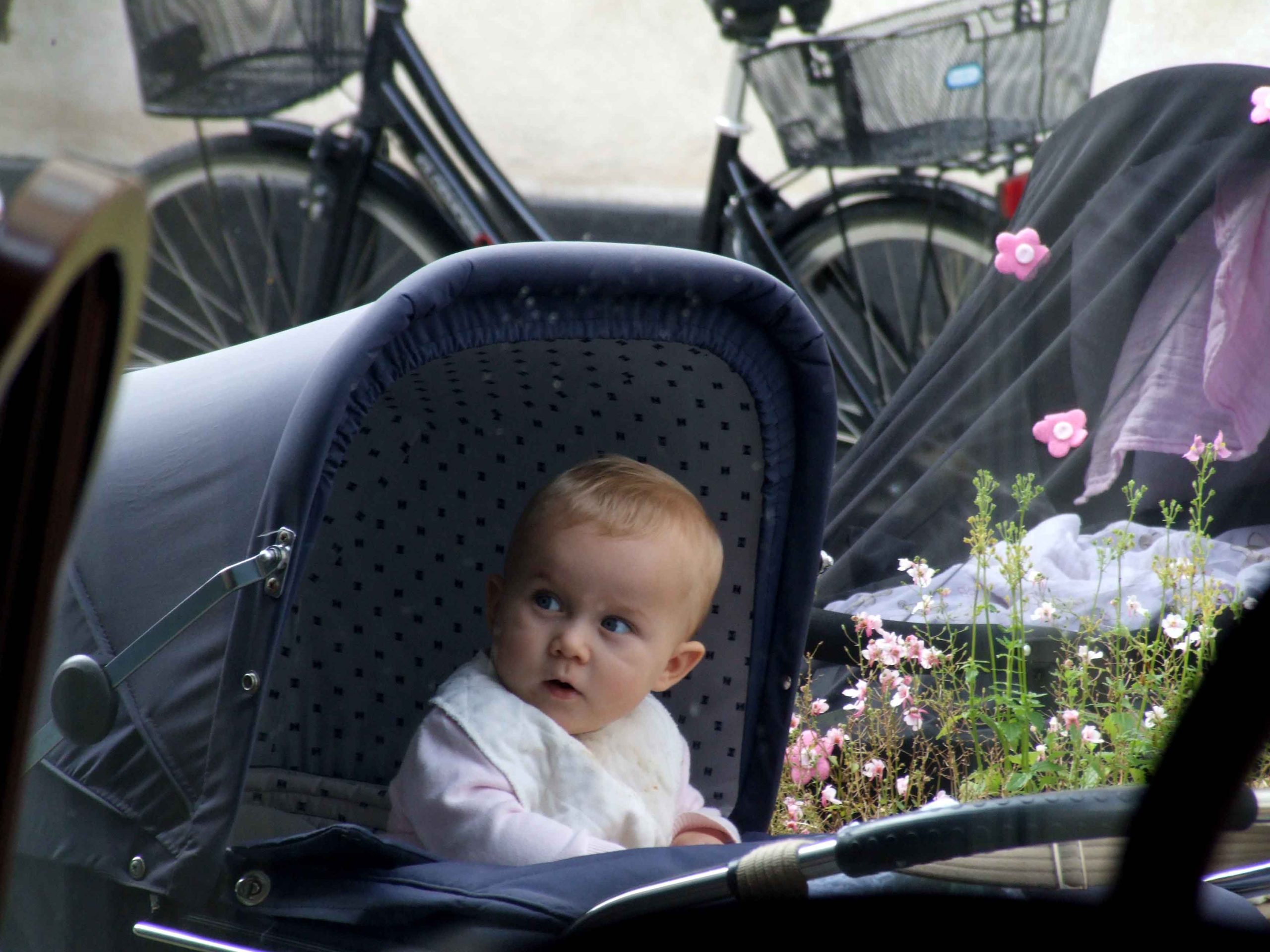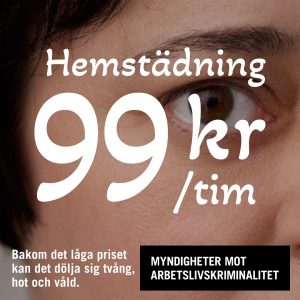It is a pretty sight, but strict planning is required. At four
o’clock sharp, mums and dads have to race to the supermarket, the
hairdresser, the dry cleaner and, last but not least, the nursery
school.With a bit of luck, they are just in time at the café for the
necessary Carlsberg and a chat with a friend.
The famous rows with prams are living proof that it is indeed
possible: a full-time career for both men and women, a family and a
social life. Danes are used to it and know nothing else. When a Danish
couple tried to do the same in New York, they were put on trial for
child abuse, a charge to which the couple reacted with rage and
disbelief.
True equality between the sexes in Scandinavia is still a long way
off. Not a day goes by without report appearing in the newspapers
about unequal pay, unequal representation of women in positions of
authority and unequal division of responsibility in terms of
childcare.
This contrasts starkly with the situation in the Netherlands. In the
1960s, Dutch women burnt their bras with the same enthusiasm as their
Scandinavian counterparts. However, although the Scandinavian flames of
women’s liberation kept burning, Dutch women had to face the fact that
their fire died.
The results of the Scandinavian struggle are apparent for everyone
to see.There is an extremely high level of female participation in
politics, which has left an indelible mark on society. Lots of laws
pass through Scandinavian parliaments, which would never be accepted in
male dominated parliaments.
Two Danish ministers only want to accept longer parental leave,
where this leave is taken by the father. Another Danish law proposal
changes the burden of proof in case of sexual intimidation to the
accused instead of the victim. Danish men now find that they have to
prove they did not squeeze the breasts of their female colleagues. In
Sweden, female politicians have struggled to make bullying in schools
illegal. Single mothers in positions of authority have changed
society’s perceptions. To examples of note in this respect were Finnish
president Tarja Halonen and Mette-Marit, fiancée of the Crown Prince of
Norway.
At the same time, Scandinavians are still struggling with the
consequences of this increased equality. In Denmark, stressed parents
find escape through alcohol or smoking several packs of cigarettes a
day.
For Danish children, who also suffer from stress and are fussy
during the long hours they spend at school, pills seem to be the
answer. The medication they receive is actually meant for combat
hyperactivity. But as so many Danish children are considered to be
“more active than they should be”, it has become frighteningly common
to slow them down in this way.
The few mothers who prefer to watch their babies grow up at home,
are marked as outcasts and lead an isolated life. It is difficult to
fight against the norm that a full-time job is best for everybody. But
again, the fact remains – in terms of equal rights, no country can
reach the Scandinavian standards.
Luckily for our self esteem, Scandinavia has its flaws. In one area
of Northern Lapland, there is a considerable shortage of women and
people in the community fear for their future. No women means no
children and immediate action is needed. In an attempt to address this
issue, local men organise huge dinner parties to attract women from all
over.
At first sight, it seems as if the women are being served on their
demands. But looks deceive: for the rest of their lives, they will have
to prepare the usual reindeer stew.Those who are not able to, are
kindly requested to return straight away.






